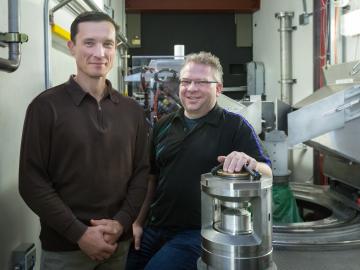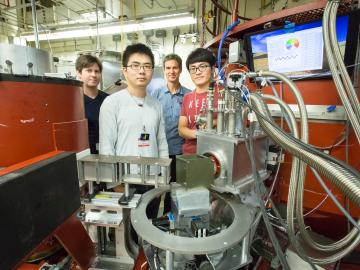
Carter to lead Fusion Energy Division at Oak Ridge National Laboratory
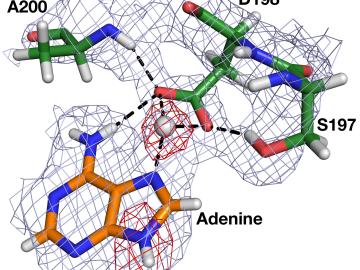



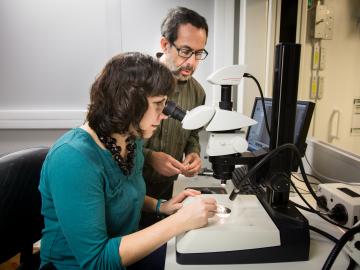
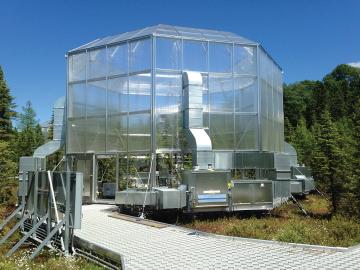
Deep stores of carbon in northern peatlands may remain stable despite rising temperatures, according to a team of researchers from several U.S.-based institutions. And that is good news for now, the researchers said. Florida State University ...

